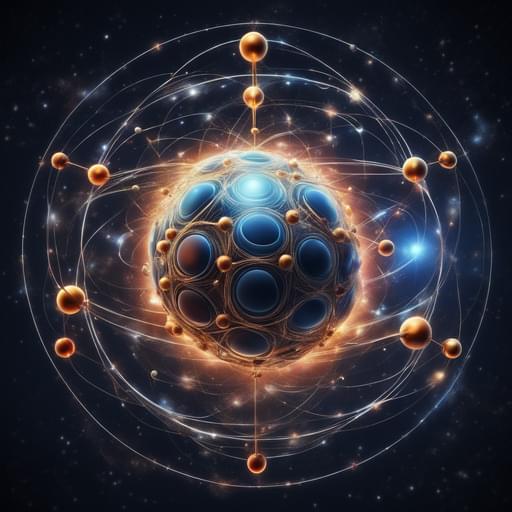An international team of scientists has made a new discovery that may help to unlock the microscopic mystery of high-temperature superconductivity and address the world’s energy problems.
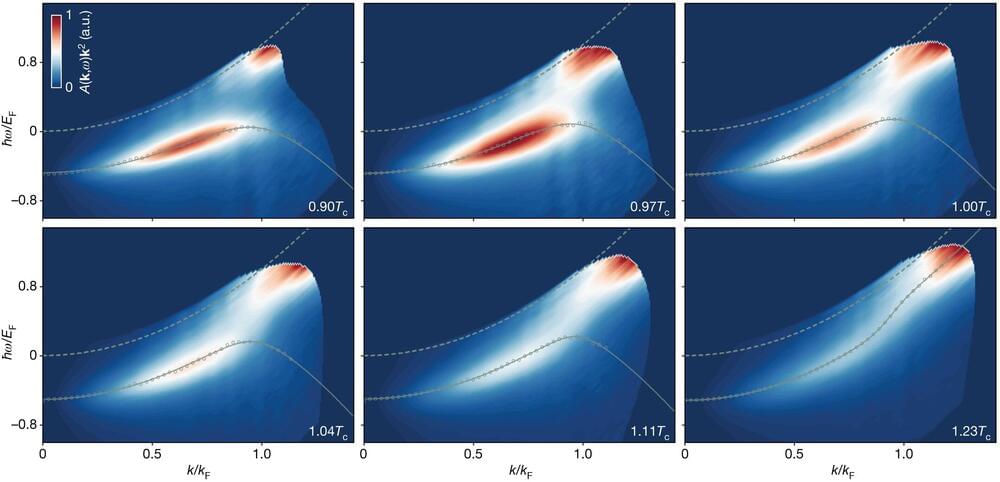

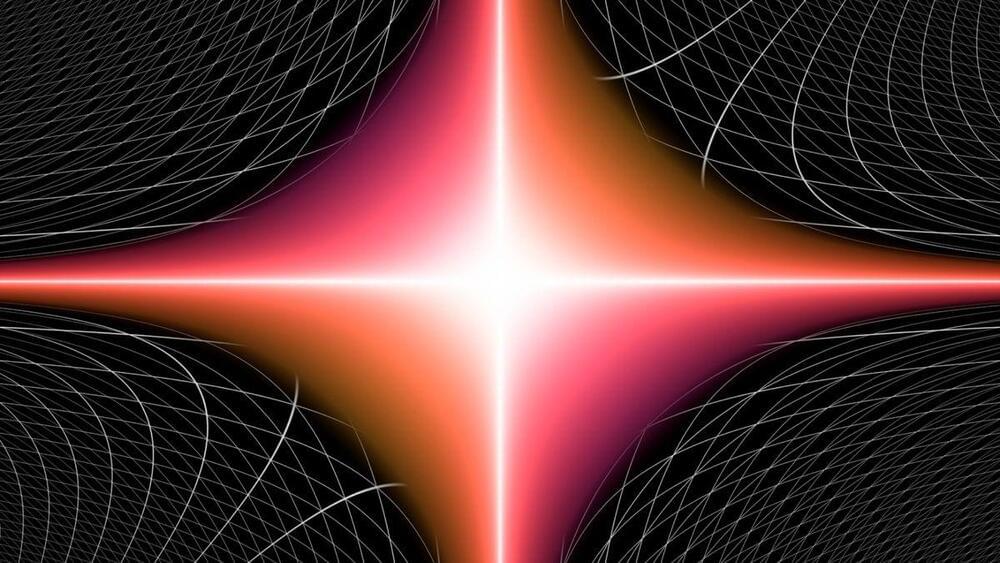
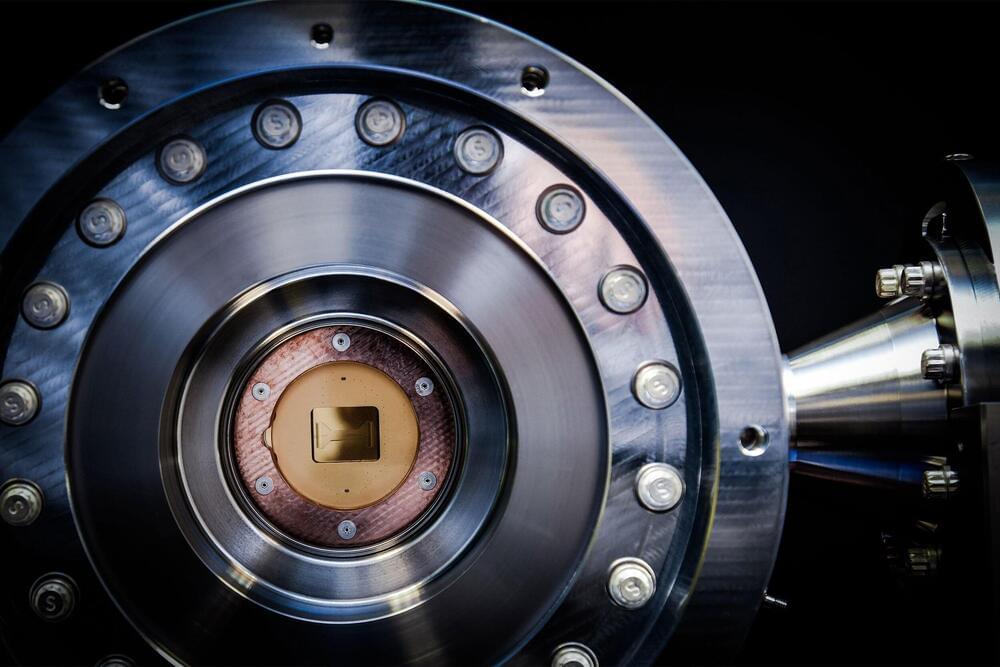
Our physical, 3D world consists of just two types of particles: bosons, which include light and the famous Higgs boson; and fermions—the protons, neutrons, and electrons that comprise all the “stuff,” present company included.
Theoretical physicists like Ashvin Vishwanath, Harvard’s George Vasmer Leverett Professor of Physics, don’t like to limit themselves to just our world, though. In a 2D setting, for instance, all kinds of new particles and states of matter would become possible.
Vishwanath’s team used a powerful machine called a quantum processor to make, for the first time, a brand-new phase of matter called non-Abelian topological order. Previously recognized in theory only, the team demonstrated synthesis and control of exotic particles called non-Abelian anyons, which are neither bosons nor fermions, but something in between.
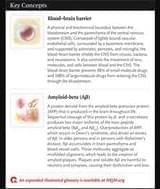
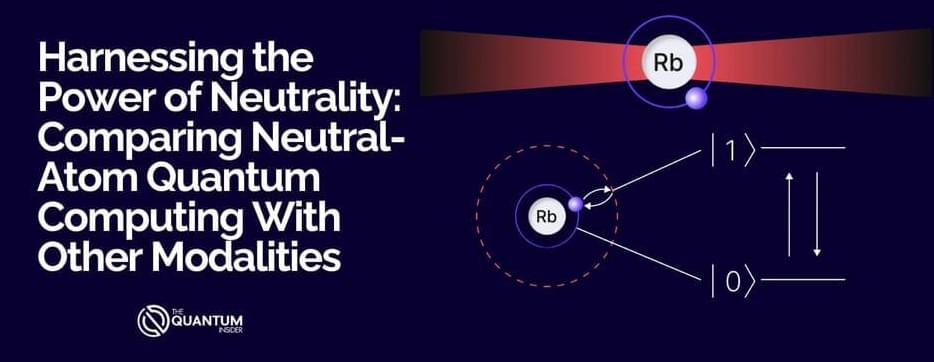
How Does The Neutral Atom Approach Compare
The neutral atom approach is a well-known and extensively investigated approach to quantum computing. The approach offers numerous advantages, especially in terms of scalability, expense, error mitigation, error correction, coherence, and simplicity.
Neutral atom quantum computing utilizes individual atoms, typically alkali atoms like rubidium or cesium, suspended and isolated in a vacuum and manipulated using precisely targeted laser beams. These atoms are not ionized, meaning they retain all their electrons and do not carry an electric charge, which distinguishes them from trapped ion approaches. The quantum states of these neutral atoms, such as their energy levels or the orientation of their spins, serve as the basis for qubits. By employing optical tweezers—focused laser beams that trap and hold the atoms in place—arrays of atoms can be arranged in customizable patterns, allowing for the encoding and manipulation of quantum information.

One of the primary reasons for this dilemma is that, while three of the universe’s four fundamental forces — electromagnetism, the strong nuclear force and the weak nuclear force — have quantum descriptions, there is no quantum theory of the fourth: Gravity.
Now, however, an international team has made headway in addressing this imbalance by successfully detecting a weak gravitational pull on a tiny particle using a new technique. The researchers believe this could be the first tentative step on a path that leads to a theory of “quantum gravity.”
“For a century, scientists have tried and failed to understand how gravity and quantum mechanics work together,” Tim Fuchs, team member and a scientist at the University of Southampton, said in a statement. “By understanding quantum gravity, we could solve some of the mysteries of our universe — like how it began, what happens inside black holes, or uniting all forces into one big theory.”


String theory is widely considered beyond empirical investigation. But we could conceivably test it thanks to ancient particles called moduli, which might appear in astronomical observations, says theorist Joseph Conlon.

Scientists are a step closer to unravelling the mysterious forces of the universe after working out how to measure gravity on a microscopic level.
Experts have never fully understood how the force which was discovered by Isaac Newton works in the tiny quantum world.
Even Einstein was baffled by quantum gravity and, in his theory of general relativity, said there is no realistic experiment which could show a quantum version of gravity.
